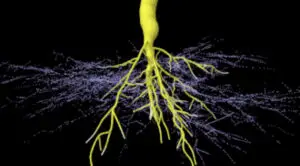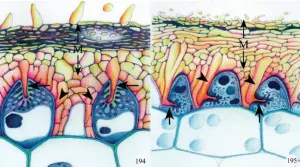Arbuscular Mycorrhiza – Structure, Development & Functions
Uncover the hidden wonders of Arbuscular Mycorrhiza! From boosting plant growth to enhancing nutrient uptake, find out why this fungus is a game-changer for your garden. Arbuscular mycorrhizas (AM) are the most common mycorrhizal type. They are formed in an … Read more




